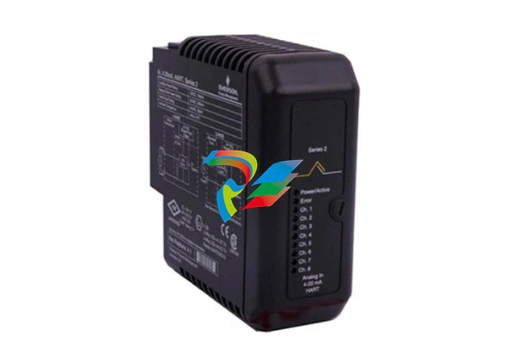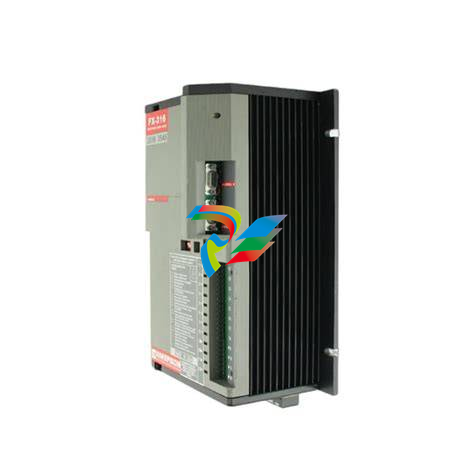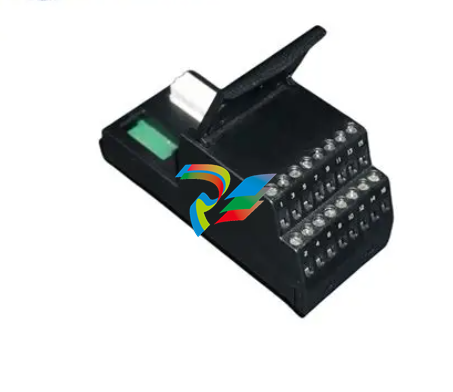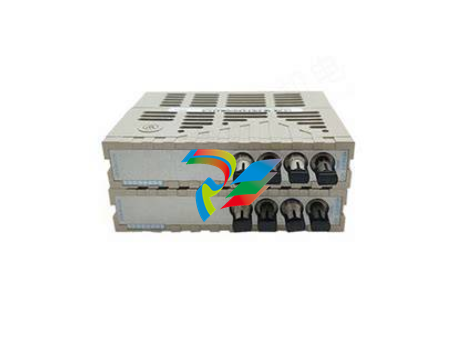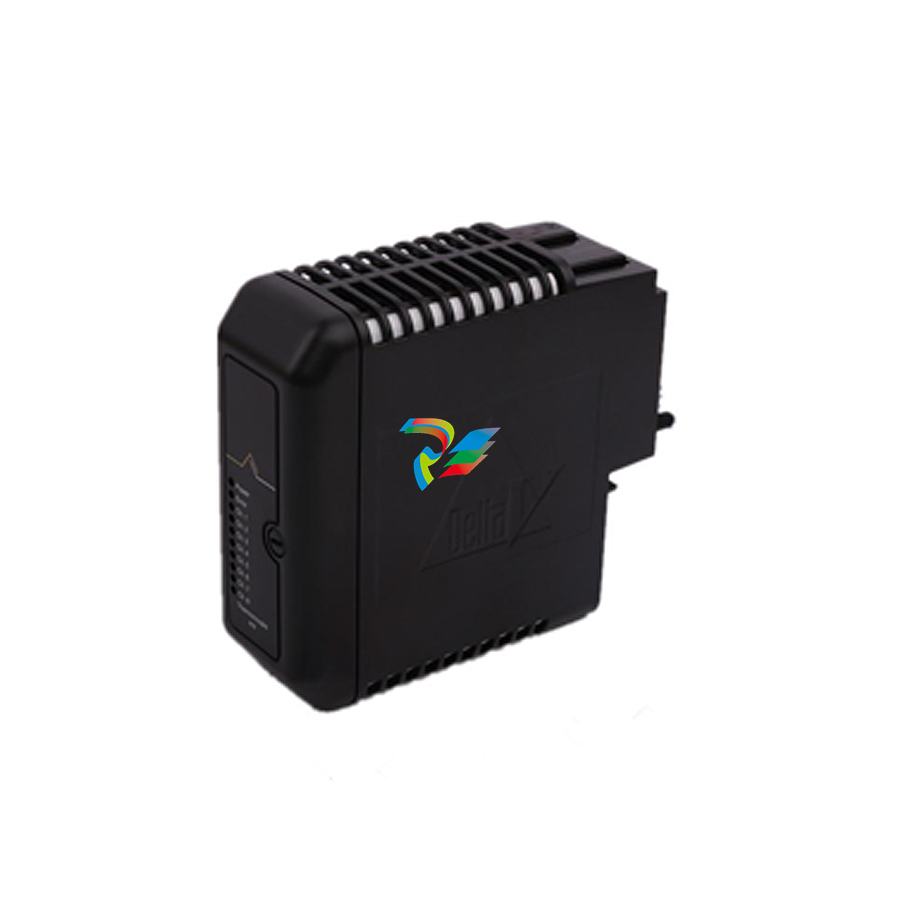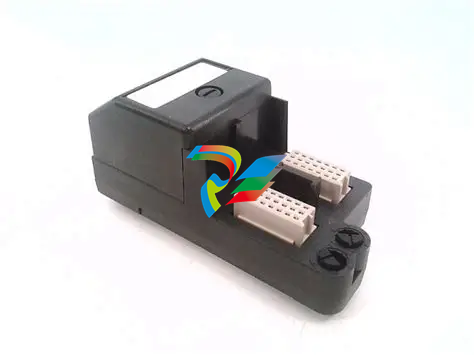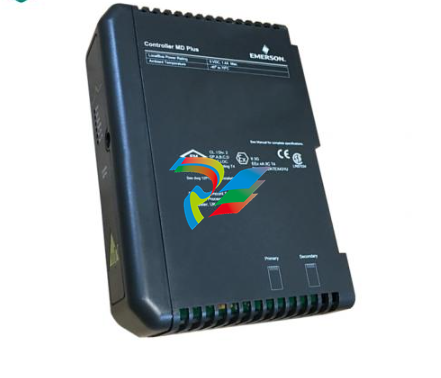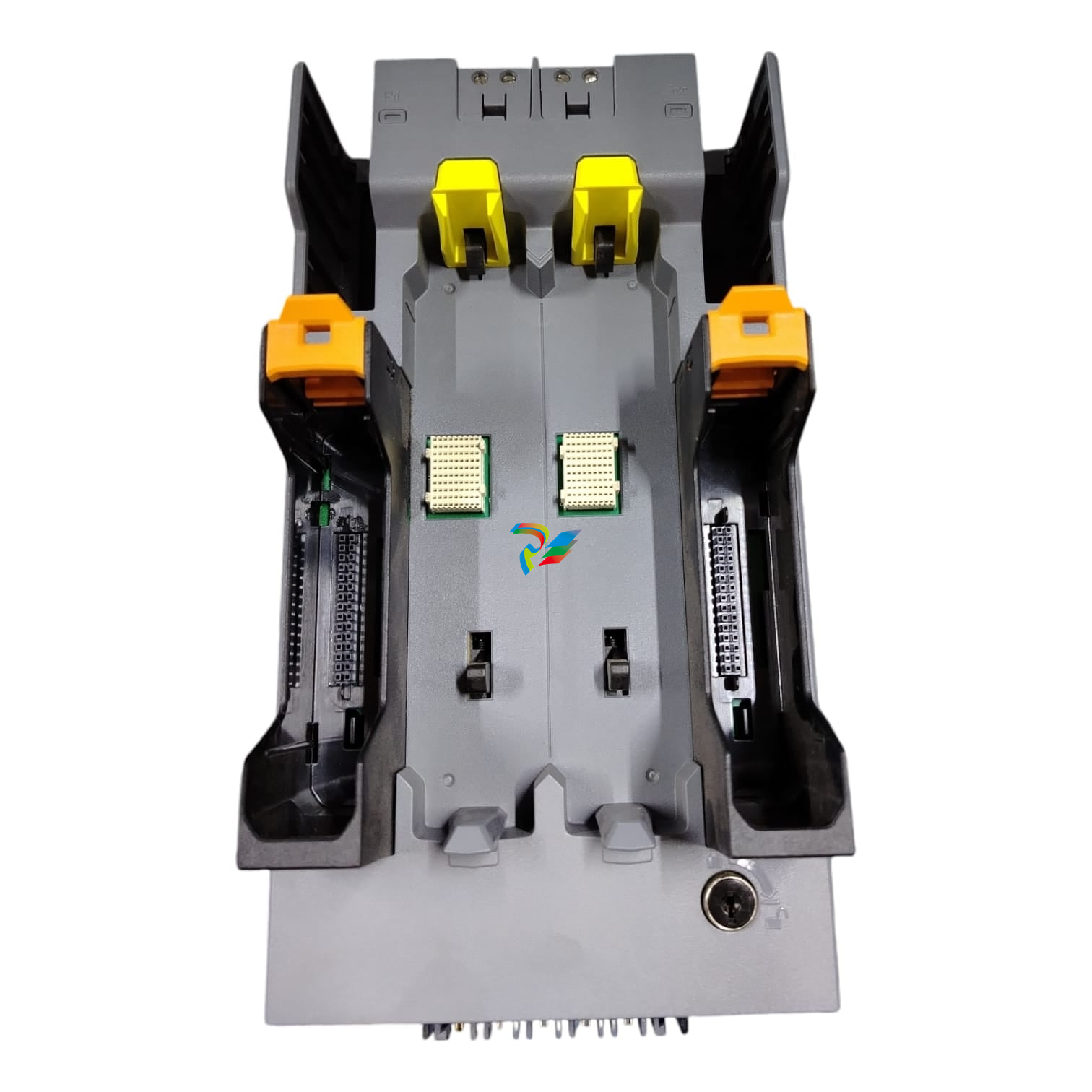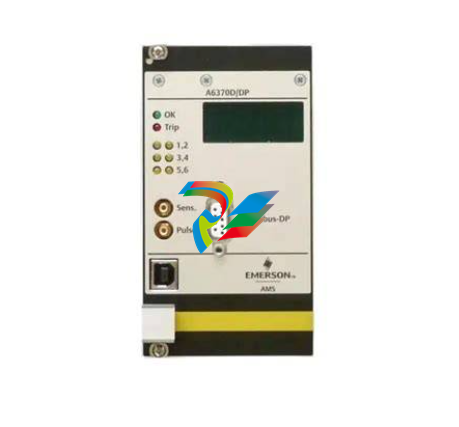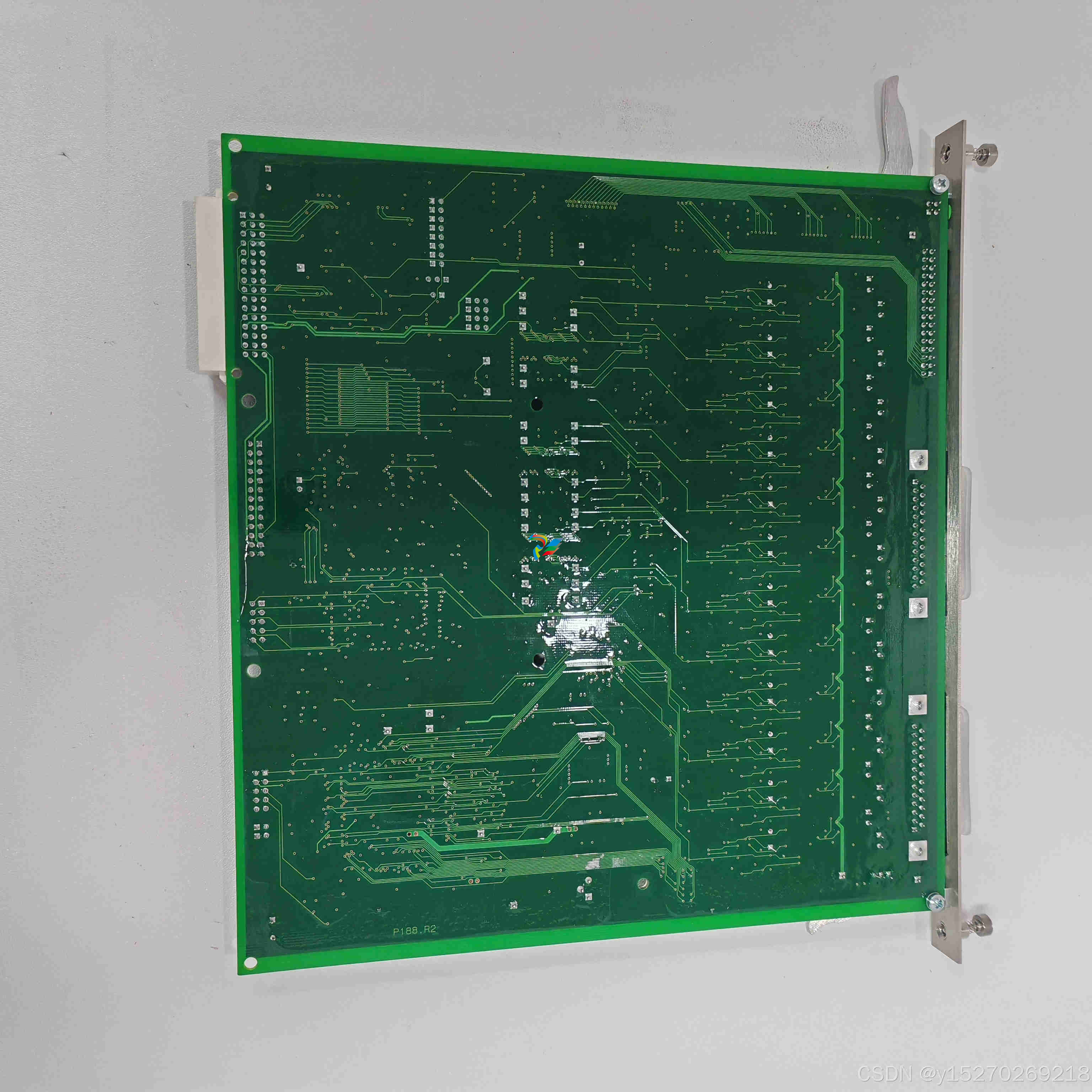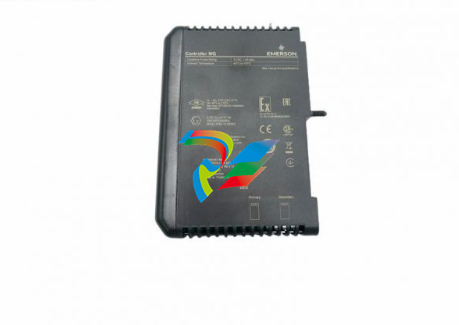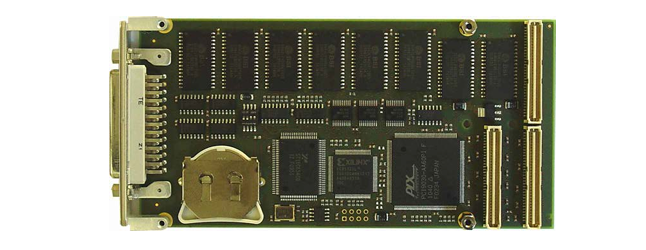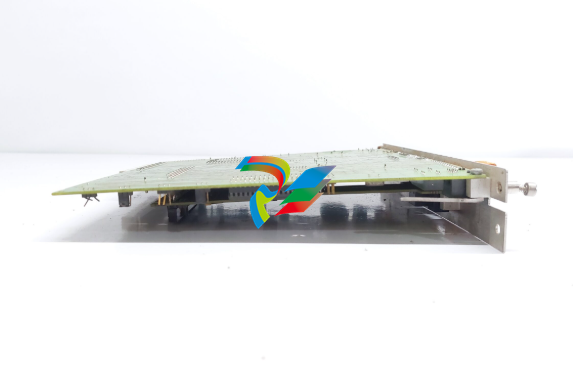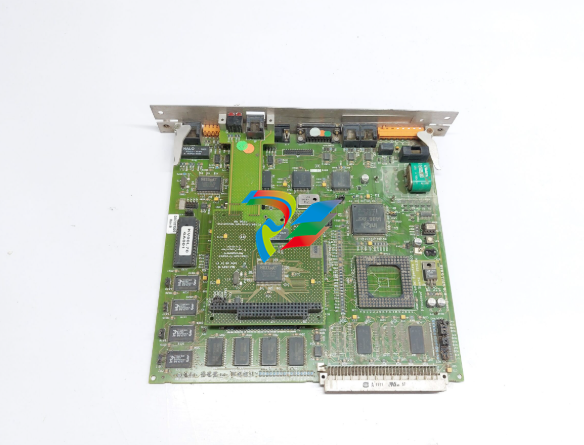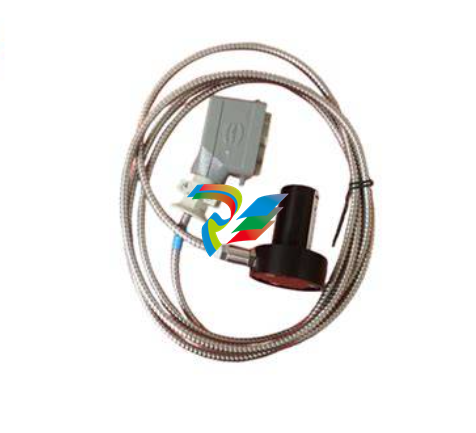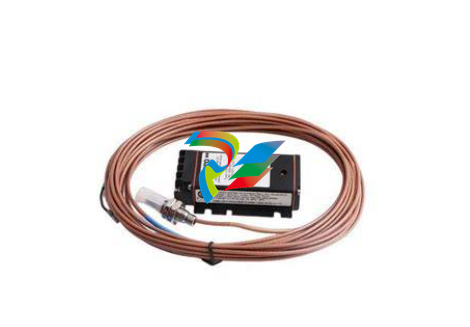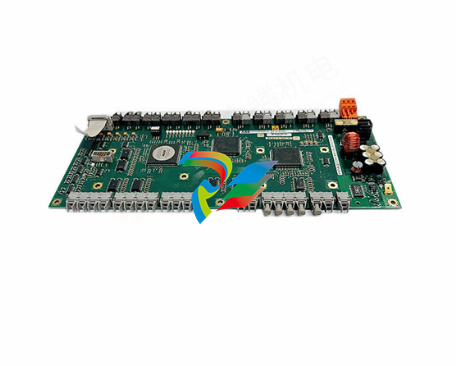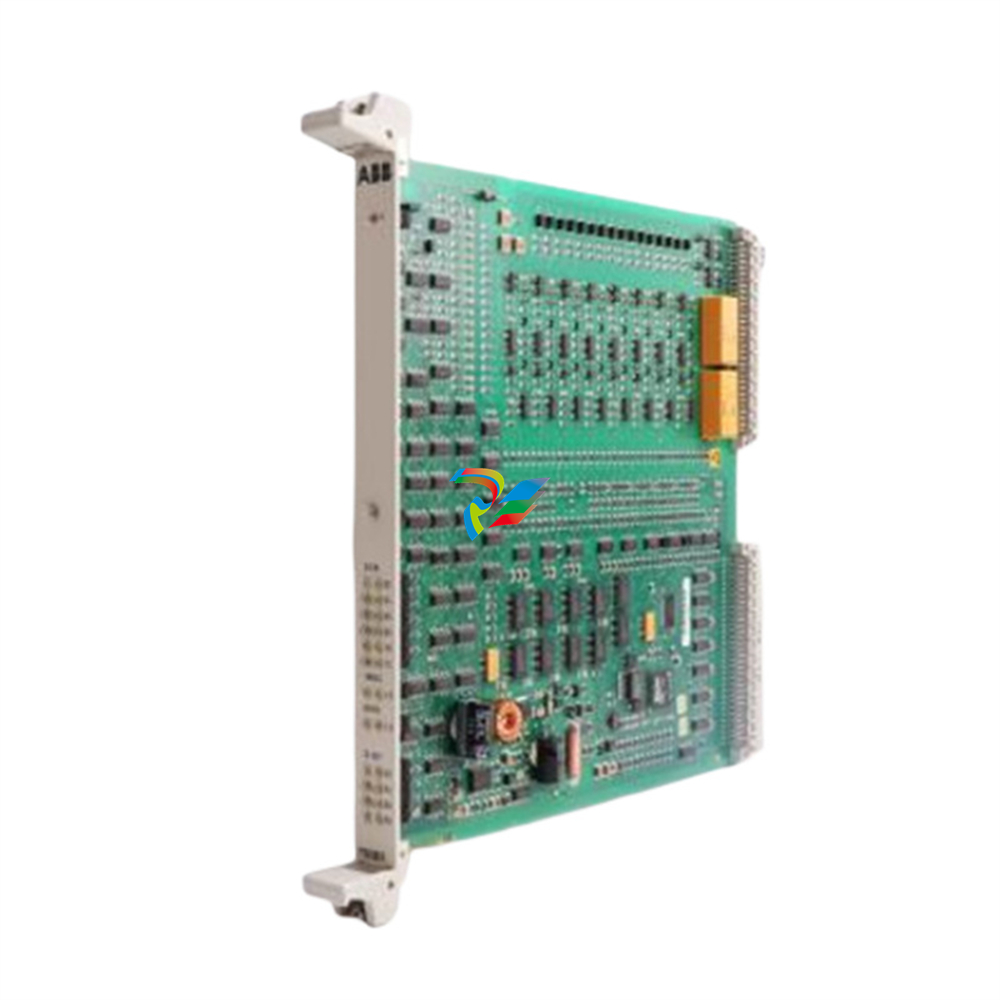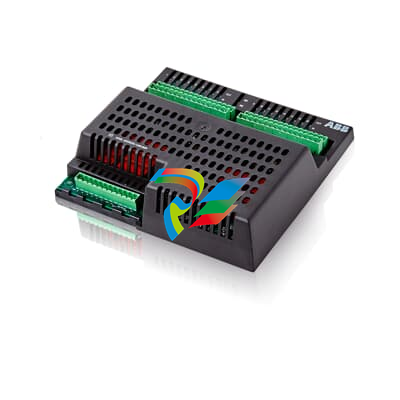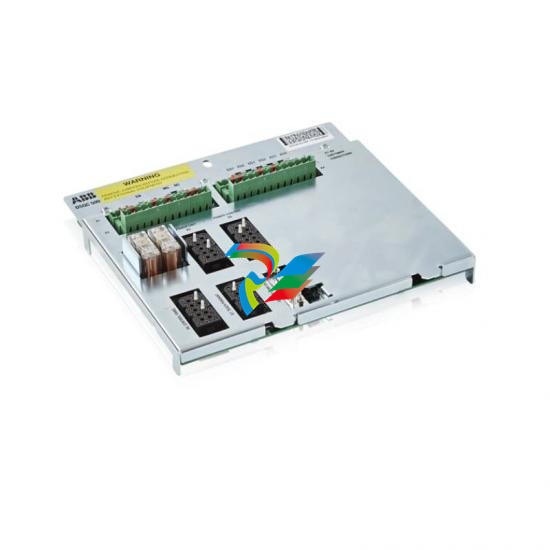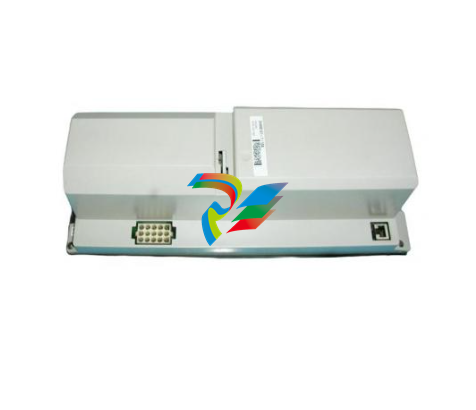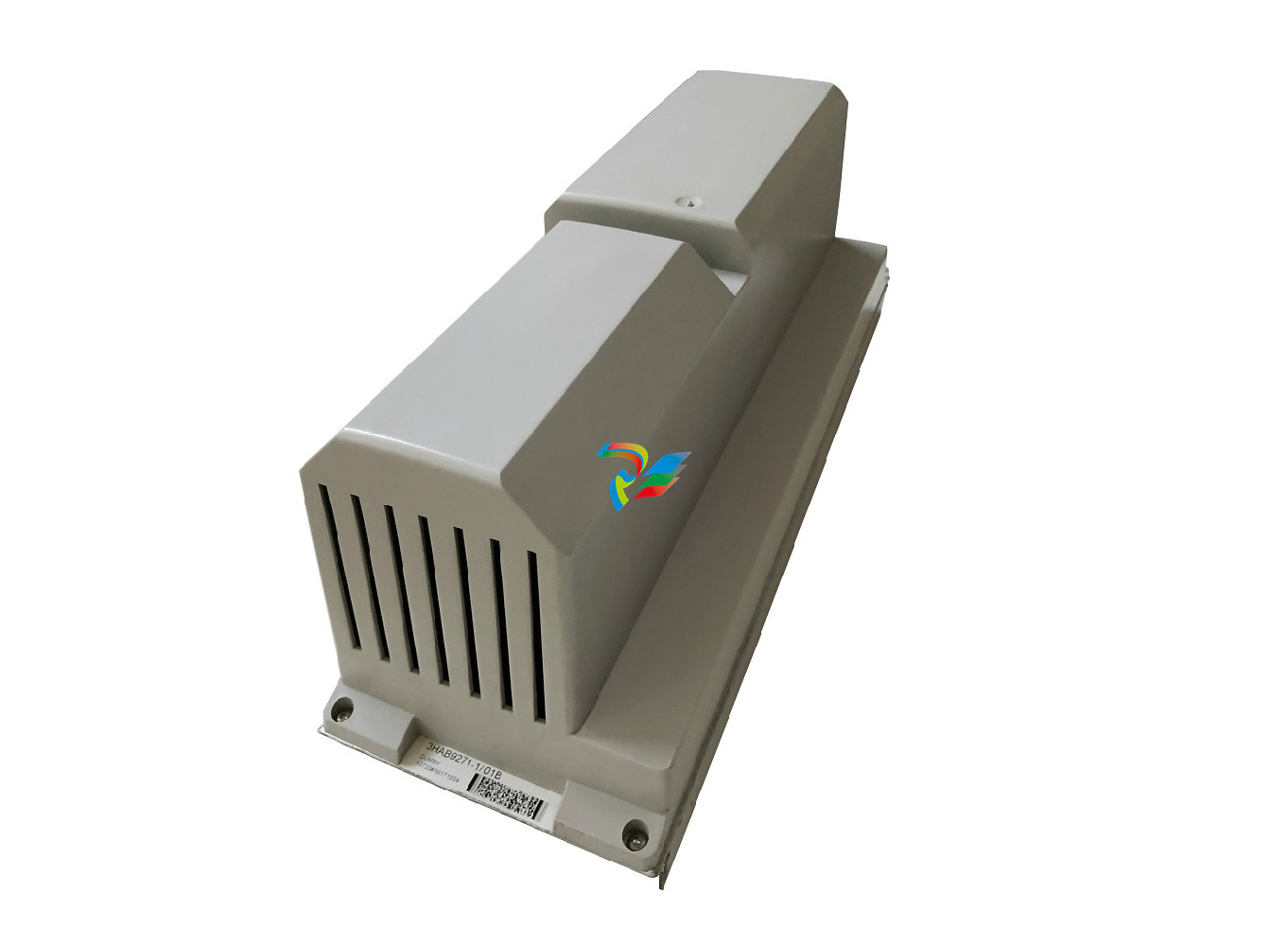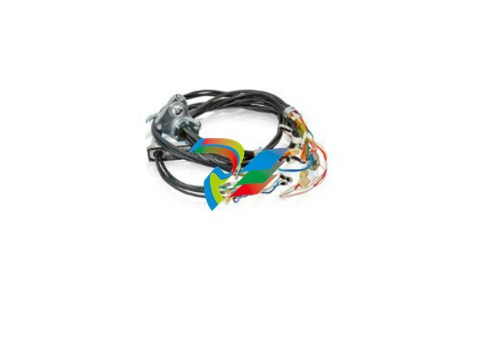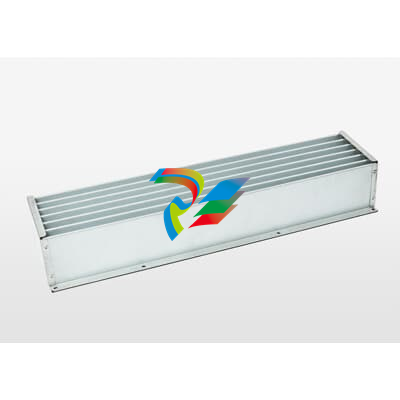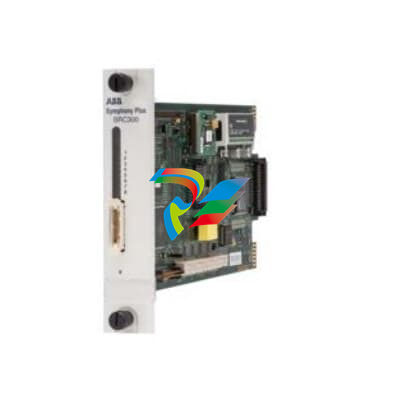
ABB DCV 700 series thyristor DC drive
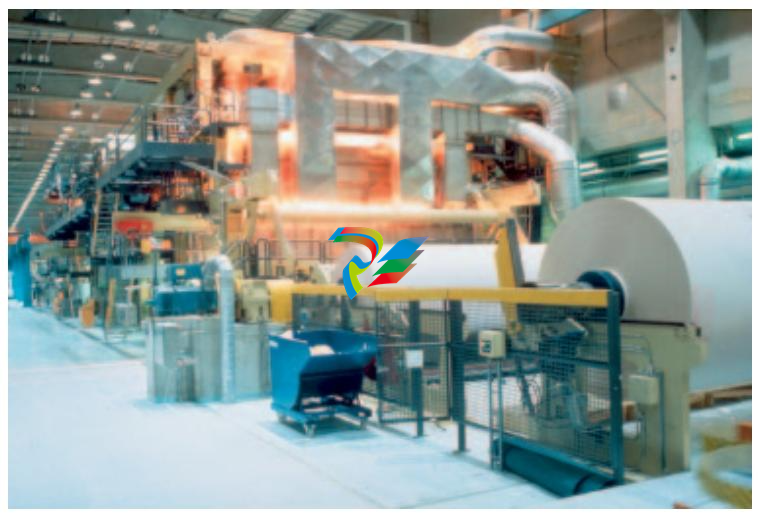
# Summary of ABB DCV 700 Series Thyristor DC Drive System
This document is a product catalog for ABB DCV 700 series thyristor DC converters, detailing the series' functional features, core components, control configurations, communication capabilities, commissioning and maintenance, hardware options, and technical parameters. It is applicable to control scenarios of industrial DC motor drives. ## I. Product Overview The DCV 700 series is a fully digital DC converter designed for the supply and control of DC motors, supporting stand-alone or multi-drive systems with high reliability and performance. It has a current range of 22 to 5150/10300 A, a supply voltage of 200 to 1000 VAC, and offers 6-pulse/12-pulse 2-quadrant or 4-quadrant configurations. It is widely used in fields such as rolling mills, pulp and paper, metal processing (casters, processing lines, etc.), and material handling (cranes, hoists, etc.). The entire series adopts unified control electronics to reduce spare parts inventory and training requirements. ## II. Core Functions and Features ### 1. Digital Control and Performance - **Precise Control**: Equipped with high-performance speed and torque control, supporting autotuning for armature current to simplify commissioning; speed control can reduce the impact of gear backlash and torsional vibration in mechanical systems. - **Comprehensive Diagnostics**: Digital control supports fault detection such as overcurrent, overvoltage, and earth faults, with a fault logger (storing 100 real-time faults) and data logger. Faults can be troubleshooting via the control panel or commissioning tools. ### 2. Common Advantages with AC Drives Shared application control system (APC), connection capability to automation systems, unified commissioning and maintenance tools, and control panel. It supports Drive-MNS standardized cabinets, enabling the construction of mixed systems, and has EMC design options. ## III. Core Components and Field Exciters ### 1. Core Components The DCV 700 is integrated into a Drive-MNS cabinet, with core components including main fused disconnect switch, main AC contactor, application controller (APC), I/O boards, converter module with optional field exciter, etc. The cabinet adopts a hot-dip galvanized frame with EMC protection. ### 2. Field Exciters - **Types and Specifications**: Provide excitation currents from 6 to 450 A, supporting 2-phase or 3-phase versions, which can be integrated, independent, or externally installed, with digital control and auto/manual tuning. - **Key Design**: Built-in autotransformer to reduce voltage ripple in the field circuit; fast and accurate control via a 62.5 kBaud serial link; some models support field reversal and forced excitation. ## IV. Control Configuration and I/O Connections ### 1. Control Architecture - **Stand-alone Drive**: 1 Digital Drive Controller (DDC) connected to 1 Application Controller (APC). - **Small System**: 1 APC connected to 1 to 4 DDCs, supporting master-slave applications. - **Large System**: Multiple APCs interconnected via communication buses such as AF100 to distribute control functions, suitable for complex systems. ### 2. I/O Interfaces - **APC**: Includes 4 digital inputs, 2 digital outputs, 2 analog inputs, and 1 voltage reference output. - **DDC**: Used for safety and drive-specific functions, including 3 digital inputs, analog inputs/outputs, pulse encoder input, emergency stop input/output, etc. - **Expansion Options**: Increase I/O quantity via extended I/O board (YPQ110A) and speed measurement board (YPH107A), supporting parallel bus or low-speed serial bus connection. ## V. Communication and Commissioning ### 1. Communication Capabilities - **Fieldbus**: Supports Advant Fieldbus 100 (via YPK112A board) for communication between APCs or with upper-level systems such as Advant Controller AC400 series. - **Other Protocols**: UART board (YPK113A) supports Siemens Simatic S5, Rockwell Allen Bradley DH protocols, and SAMI protocol. ### 2. Control Panel and Tools - **Control Panel**: Optional 2×20 character display, supporting multiple languages, providing status monitoring, parameter configuration, fault record viewing, etc., compatible with AC and DC drives. - **Commissioning Tools**: Windows-based DDCTool supports parameter monitoring, modification, data logger control, and fault log viewing; APC can be programmed via Adva Build for Windows. ## VI. Hardware Options and Power Supply Section ### 1. Hardware Options - **Safety Functions**: Regenerative stop (fast stop, ramp stop, etc.), electrical disconnect (coast stop), auto reclosing (automatic restart after short-term power loss). - **Protection Devices**: Current-sensitive earth fault protection, voltage-sensitive insulation monitor, motor starter (protecting external AC motors). - **Cabinet and Protection**: Supports IP20/21/31/41 protection classes, offering EMC filters (25-700 A integrated in the cabinet, >700 A in separate cabinet), heaters (anti-condensation), cabinet lighting, etc. ### 2. Power Supply Section The incoming cabinet supports cable or busbar connection, with rated voltages of 400/500/600/690 V and frequencies of 50/60 Hz. Optional main circuit breakers (fixed or draw-out type), isolation switches, earthing switches, and arc detection relays are available. ## VII. Selection and Technical Parameters ### 1. Selection and Dimensions - **Selection Basis**: Select from the table based on rated supply voltage and rated DC current. - **Dimensions**: Cabinet dimensions vary by model, with single drives and group drives having specific height, depth, and width parameters (see Table 3 for details). The DCV 700 series combines high performance, flexibility, and reliability, providing a comprehensive solution for industrial DC motor drive control. Its modular design, rich communication options, and diverse hardware configurations make it adaptable to various demanding industrial applications.
